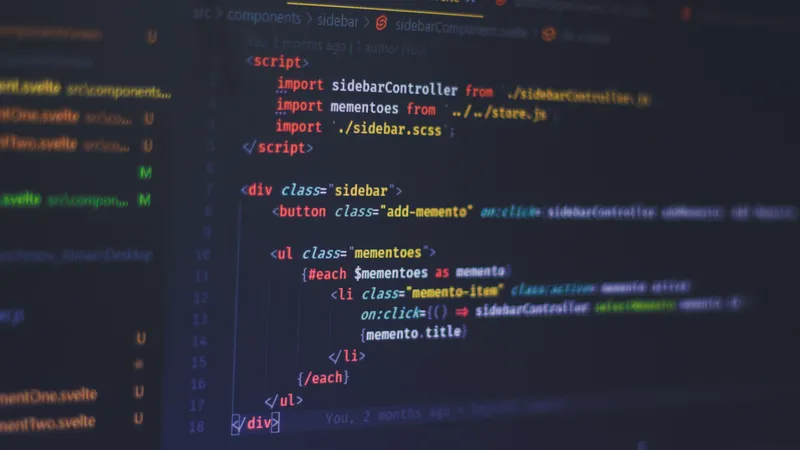In today’s world, web development is one of the most popular and sought-after skills. With the increasing demand for web applications and websites, full stack web development has become a valuable skillset for developers. A full stack developer is responsible for both front-end and back-end development, making them a versatile asset for any organization.
So, if you’re looking to become a full stack web developer or simply want to know more about the field, this complete guide to full stack web development will help you get started.
What is Full Stack Web Development?
Full stack web development refers to the development of both the front-end (client-side) and back-end (server-side) of a web application. A full stack web developer is someone who can work on both sides of the application and understands how they interact with each other.
Skills Required for Full Stack Web Development
To become a full stack web developer, you need to have a combination of technical and soft skills. Technical skills include proficiency in HTML, CSS, JavaScript, and one or more back-end languages such as Python, Ruby, or Java. You should also be familiar with front-end frameworks such as React, Vue, or Angular and back-end frameworks such as Flask, Ruby on Rails, or Spring.
In addition to technical skills, soft skills are equally important. Full stack developers should have excellent problem-solving and communication skills, the ability to work independently or in a team, and be able to adapt to new technologies quickly.
Front-End Development
Front-end development is the part of web development that focuses on the user interface (UI) and user experience (UX). Front-end developers are responsible for designing and building the visual elements of a website or web application using HTML, CSS, and JavaScript.
HTML (Hypertext Markup Language) is the foundation of web development and is used to create the structure of a web page. CSS (Cascading Style Sheets) is used to style the HTML elements and make them visually appealing. JavaScript is used to add interactivity and functionality to the website.
Back-End Development
Back-end development is the part of web development that focuses on the server-side of the application. Back-end developers are responsible for building and maintaining the server, database, and application logic. They use programming languages such as Python, Ruby, or Java and frameworks such as Flask, Ruby on Rails, or Spring to build the back-end of a web application.
Databases
Databases are a crucial component of web development. They are used to store and organize data that is required for a web application. There are various types of databases, including relational databases (such as MySQL, PostgreSQL), NoSQL databases (such as MongoDB, CouchDB), and in-memory databases (such as Redis).
APIs
APIs (Application Programming Interfaces) are used to enable communication between different software applications. APIs allow different software applications to interact with each other and share data. Full stack web developers should have a good understanding of how APIs work and how to build them.
Version Control
Version control is the process of managing changes to code over time. Version control systems such as Git are used to keep track of changes to code and allow developers to collaborate on projects. Full stack web developers should be familiar with version control systems and how to use them effectively.
Testing and Debugging
Testing and debugging are critical parts of web development. Full stack web developers should be able to write effective unit tests and integration tests to ensure that the application is functioning correctly. They should also be able to debug issues that arise and fix them quickly.
Deployment
Deployment is the process of making a web application available to users. Full stack web developers should be familiar with deployment tools such as Docker and have a good understanding of server infrastructure to deploy and manage web applications.
Want to learn more about GhostWrite?
Continue
About Mario Sanchez
Mario is a Staff Engineer specialising in Frontend at Vercel, as well as being a co-founder of Acme and the content management system Sanity. Prior to this, he was a Senior Engineer at Apple.

